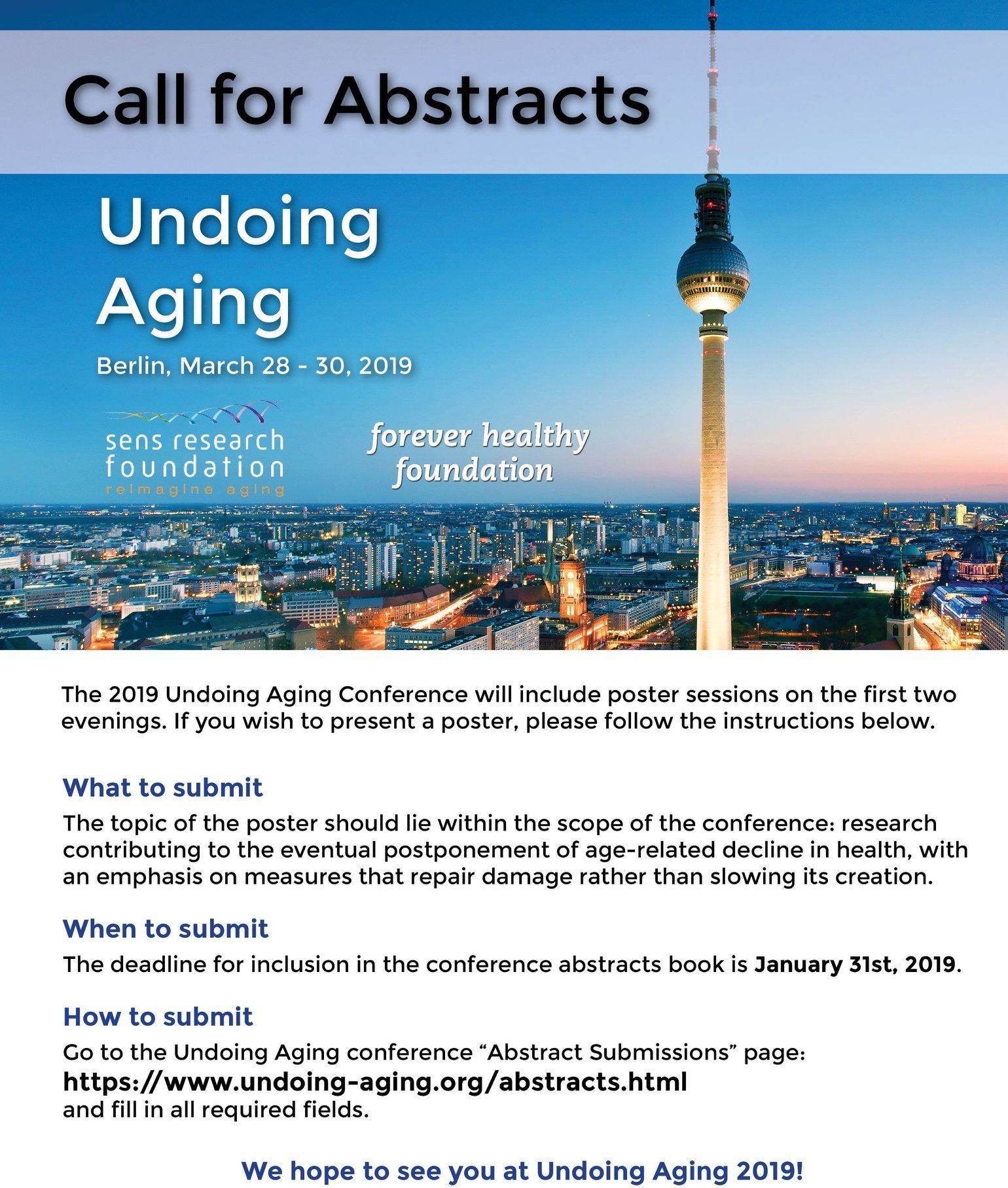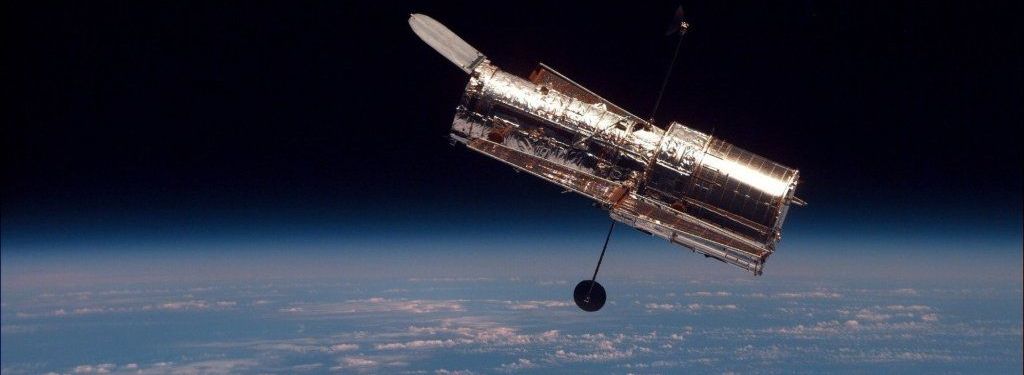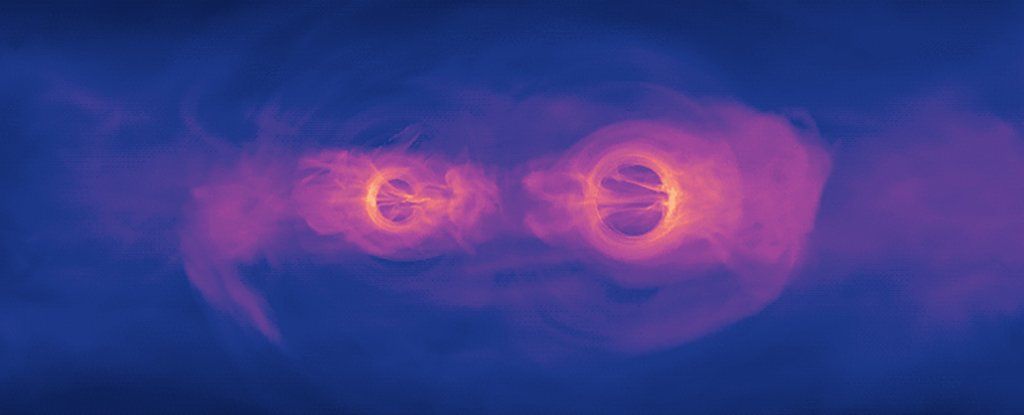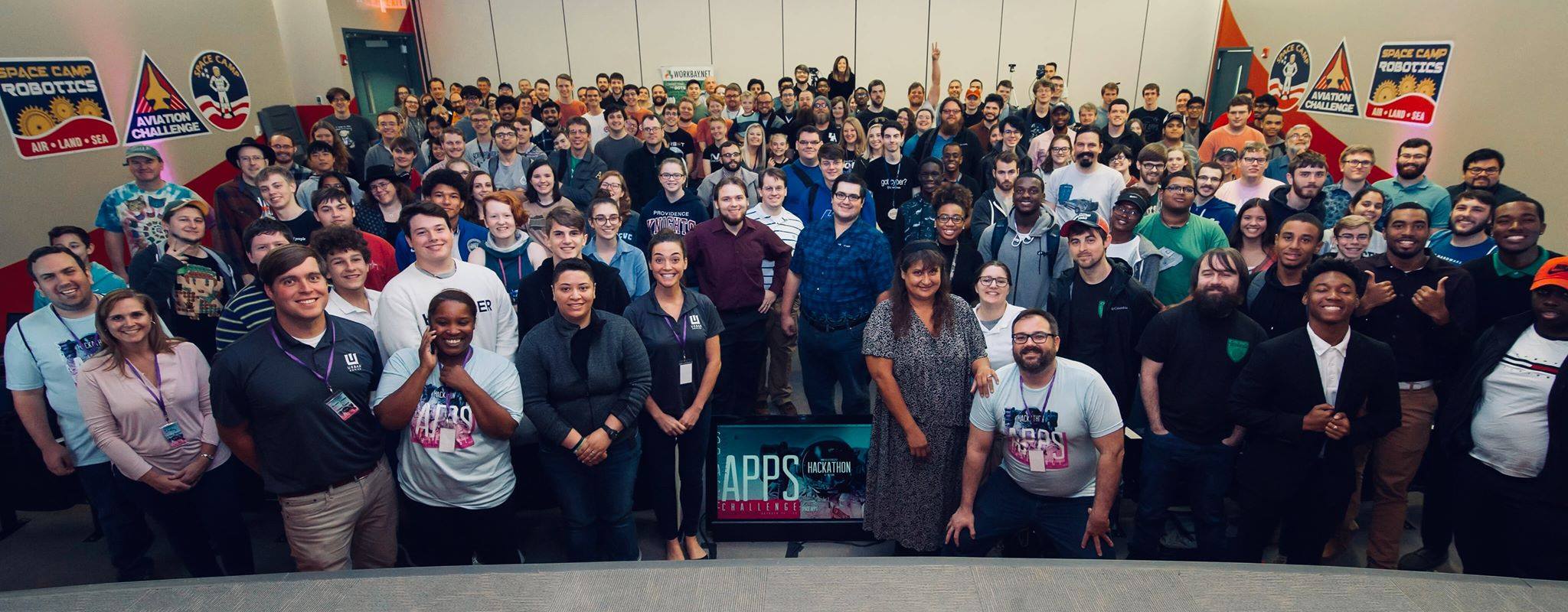How high economic inequality negatively impacts nearly every aspect of human well-being—as well as the health of the biosphere.



In addition, a small number of posters will be selected for oral presentation.
Poster topics should lie within the scope of the conference: Research contributing to the eventual postponement of age-related decline in health, with an emphasis on measures that repair damage rather than slowing its creation. Poster submissions are due on January 31, 2019.
To submit your poster go to:
https://www.undoing-aging.org/abstracts.html


The future of humanity will be radically different than what we see today. As Ray Kurzweil put it, “We won’t experience 100 years of progress in the 21st century—it will be more like 20,000 years of progress (at today’s rate).” We’ll have the potential to live on Mars, connect our minds to machines, and access an abundance of resources.
But is our youth prepared to live in such a world? Are we equipping them with the skills and values necessary to be adaptable, innovative, and purpose-driven in such a world?
Our traditional, industrial-era educational models are simply outdated. What is required is not an incremental change in education, but rather an entire overhaul of the current system. It will take creative imagination to develop new models for 21st-century education.

After a gyroscope failure put the Hubble Space Telescope out of action on October 5, NASA engineers finally see an end to its troubles. They have its backup gyroscope operating within a normal range and expect science operations to resume imminently.
The space telescope entered a low-power safe mode in early October, suspending science operations while engineers here on Earth diagnosed, then attempted to fix the problem.
At maximum efficiency, Hubble uses three gyroscopes for orienting itself to observe a target in the sky. These gyros measure the speed at which the telescope turns, so that it can be aimed accurately.

Scientists have previously suspected supermassive black holes can merge together, and have seen signs of these cosmic collisions on a smaller scale. Now new research backs up the hypothesis – and shows evidence that it could be happening all across the Universe.
Astronomers studying detailed radio maps of jet sources – powerful beams of ionised matter thrown out by black holes – have found a surprisingly high number of scenarios that matched patterns consistent with binary black holes (two black holes orbiting each other).
 Jet stream radio map. (M. Krause/University of Hertfordshire)
Jet stream radio map. (M. Krause/University of Hertfordshire)



